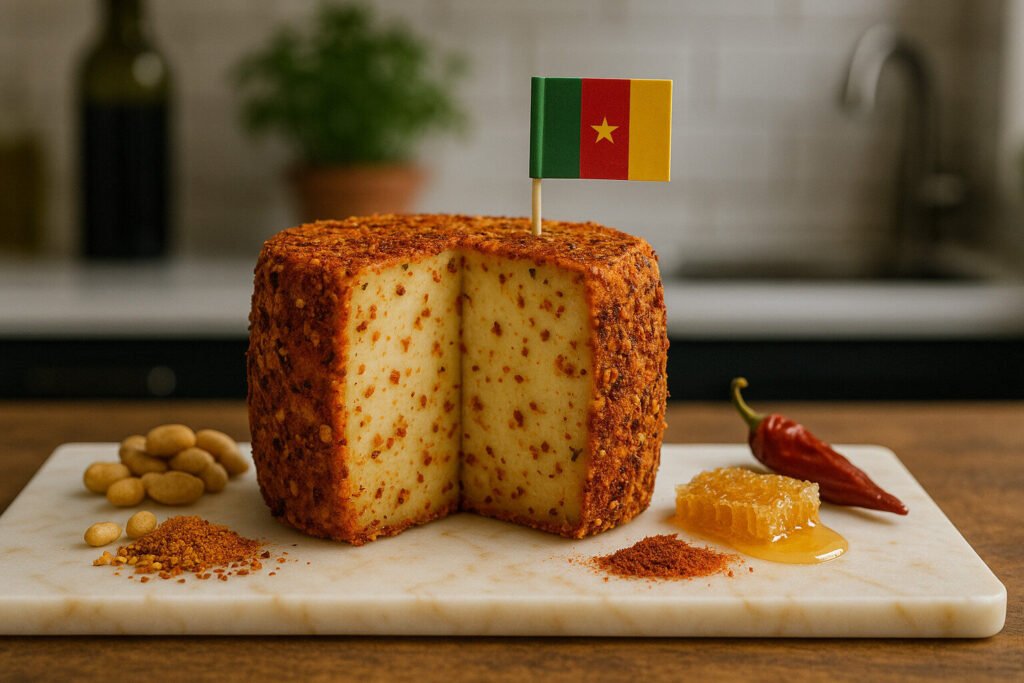Pepper Flecked Cheese
Definition and Scope
Pepper flecked cheese is a category defined by the visible inclusion of whole or cracked peppercorns within its paste. These cheeses belong to the broader family of flavored or mixed curd cheeses, where additives are incorporated before pressing. The peppercorns used are typically black, green, or a colorful mix, providing both visual contrast and a distinct flavor profile.
The scope of this category spans various milk types, including cow, goat, and sheep’s milk. It is not confined to a single cheese style but is a preparation method applied to styles like cheddar, gouda, and tomme. The defining characteristic is the even distribution of pepper pieces, which distinguishes it from cheeses with pepper-infused rinds or coatings.
Production Process
The production of pepper flecked cheese begins during the curd processing stage, after whey drainage. Whole or coarsely cracked peppercorns are gently mixed into the curds to ensure an even distribution. This timing prevents the pepper’s essential oils from overly leaching into the whey, preserving their pungent aroma and flavor in the final cheese.
Following the addition of peppercorns, the curds are hooped and pressed according to the base cheese’s specifications. The cheese then undergoes its standard aging period, which can range from a few weeks for fresh styles to over a year for hard, aged varieties. The peppercorns remain intact throughout this process, becoming a permanent, flavorful feature of the cheese’s structure.
Sensory Profile
The visual profile of pepper flecked cheese is immediately striking, with dark or multi-colored specks set against a pale or golden curd. The aroma is a combination of the base cheese’s milky or nutty notes with the sharp, spicy, and woody scent of pepper. The texture is that of the host cheese, punctuated by the occasional crunch of a peppercorn.
On the palate, the flavor is a dual experience: the creamy, fatty, or tangy notes of the cheese base are followed by the pungent, warming heat of the pepper. The spice level can vary from a mild, aromatic warmth to a pronounced, sharp kick, depending on the type and quantity of peppercorns used. The finish often leaves a lingering, peppery tingle.
Culinary Uses
Pepper flecked cheese is highly versatile in the kitchen, often served as a standalone table cheese on a charcuterie board. Its bold flavor stands up well to robust accompaniments like cured meats, crusty bread, and full-bodied red wines. The visual appeal also makes it a popular choice for cheese plates where contrast and color are desired.
In prepared dishes, it can be grated over pasta, melted into sauces, or baked into savory pastries and breads. The pepper provides built-in seasoning, reducing the need for additional spices. It is particularly effective in recipes that benefit from a spicy kick, such as stuffed burgers, quiches, and gourmet grilled cheese sandwiches.
Regional Examples
One of the most famous examples is Dutch Peppered Gouda, where black and green peppercorns are mixed into a semi-hard cow’s milk cheese. This variety is known for its creamy texture and balanced, spicy flavor. It is typically aged for several months, allowing the pepper’s heat to mellow and integrate with the cheese’s sweetness.
In the United Kingdom, a common example is a Pepper Cheddar, which combines the sharp, tangy profile of a traditional cheddar with the bite of black pepper. French fromagers also produce varieties like Poivre d’Âne, which sometimes incorporates peppercorns alongside herbes de Provence, creating a complex, aromatic cheese.
